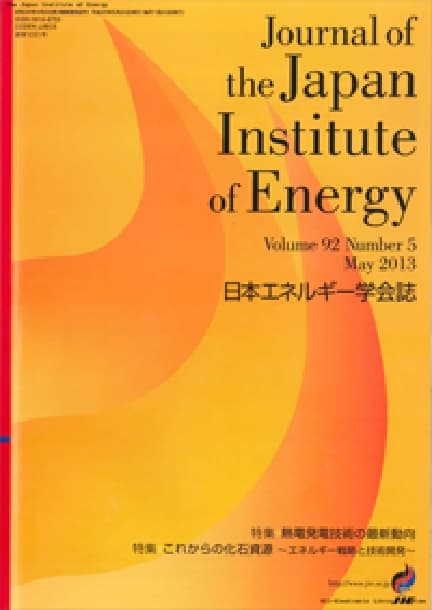An Environmental Analysis of Bio-H2 Production Introducing the 2-step PSA and Waste Heat Recovery
Haruka NAKAYAMA, Mitsuo KAMEYAMA, Yin LONG, Kiyoshi DOWAKI
pp. 129-135
DOI:
10.3775/jie.99.129Abstract
Hydrogen (H2) is expected to be one of the most promising secondary energy resources that can contribute to the mitigation of global warming. H2 can be synthesized from biomass feedstock as Bio-H2, which can contribute to greenhouse gas emission mitigation. However, the low energy density of Biomass limits the collection of the feedstock based on the life-cycle assessment methodology. Furthermore, for successful operation, small-scale Bio-H2 plants must be used. Thus, a Bio-H2 plant faces two challenges: 1) the need for auxiliary power negatively affects production efficiency and increases eco-burden. In particular, pressure swing adsorption (PSA) used for H2 purification requires high power consumption, 2) a large amount of heat is lost. To overcome these limitations, we improved a previous Bio-H2 plant by introducing 2-step PSA and a waste heat recovery system (WHR) to reduce the auxiliary power consumption and to compensate the auxiliary power demand. It was found that, the improved plant reduced the auxiliary power demand by 18.9%, and 7.2% of the required power was compensated by the WHR system. Furthermore, all environmental indicators were improved compared to those for the conventional plant.
Readers Who Read This Article Also Read
Journal of the Japan Institute of Energy Vol.99(2020), No.1
Journal of the Japan Institute of Energy Vol.99(2020), No.4
Journal of the Japan Institute of Energy Vol.98(2019), No.12










